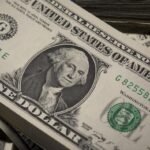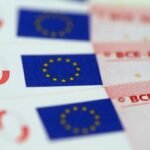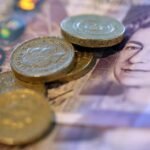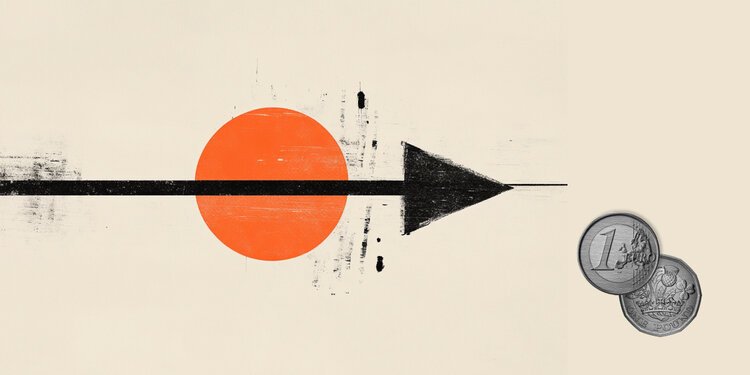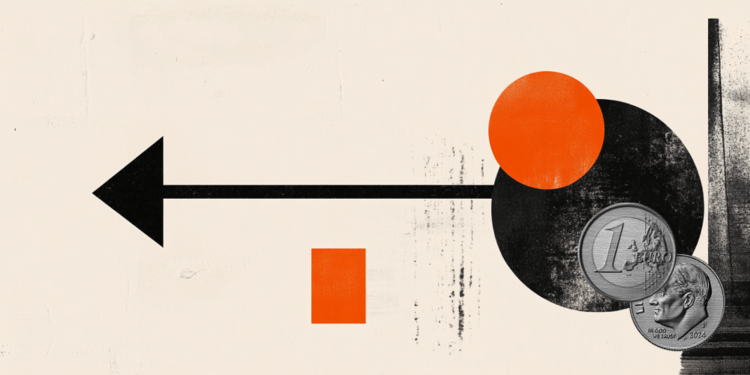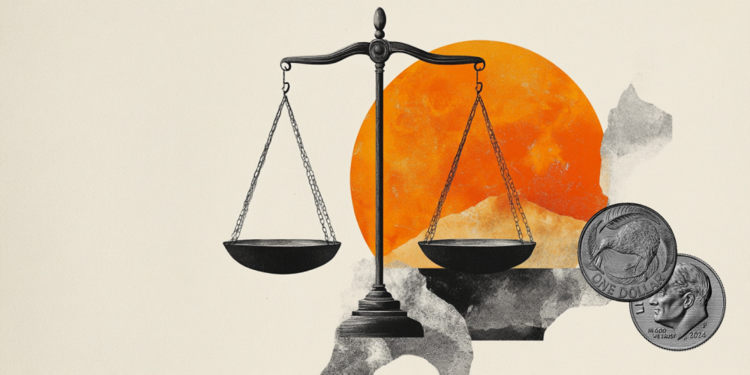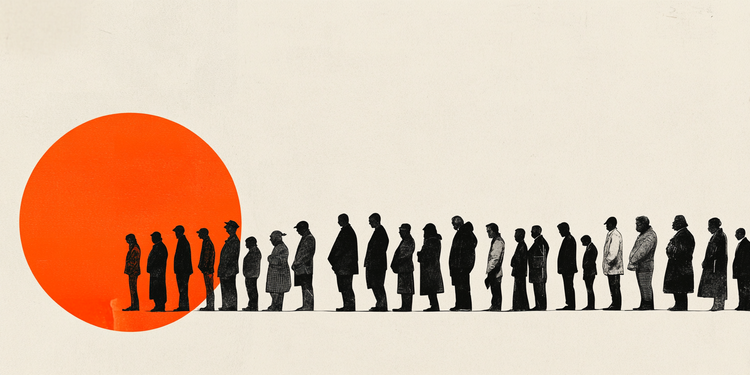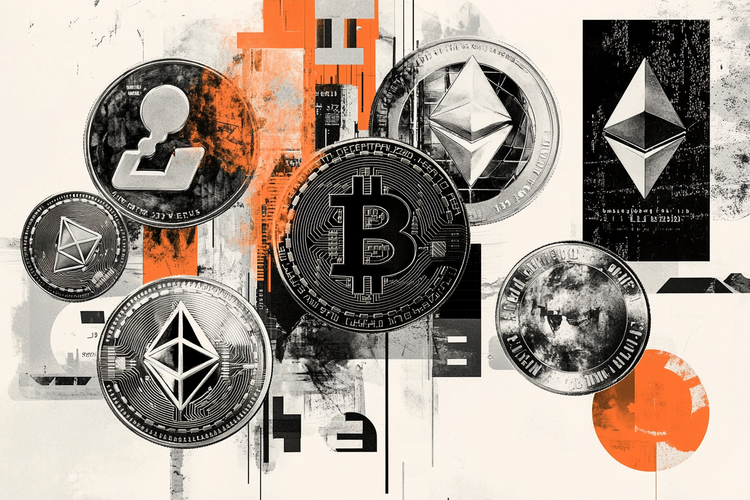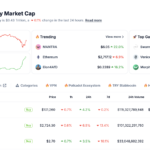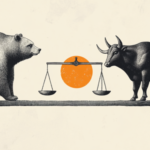- EUR/GBP gains ground due to the increased likelihood of more BoE rate cuts in 2025.
- BoE’s Bailey signaled additional rate cuts with the market expecting two or three more cuts throughout the year.
- Trump described the trade imbalance between the US and the EU as an “atrocity,” insisting that tariffs “will definitely happen.”
EUR/GBP continues its upward trajectory for the fourth consecutive day, trading around 0.8350 during Friday’s Asian session. The pair strengthened as the Pound Sterling (GBP) came under pressure following the Bank of England’s (BoE) 25 basis point interest rate cut on Thursday.
The British Pound may face further downside as BoE Governor Andrew Bailey signaled the likelihood of additional rate cuts this year. Market expectations suggest the central bank could implement two or three more cuts throughout the year.
All nine members of the Monetary Policy Committee (MPC) supported a rate cut, with seven voting for a 25 bps reduction, while two more dovish members pushed for a more aggressive 50 bps cut. The policymakers’ urgency in delivering a February rate cut highlights their stance on monetary easing.
However, EUR/GBP’s upside potential could be capped due to increasing risks of US President Donald Trump imposing tariffs on the EU. Trump described the trade imbalance as an “atrocity,” insisting that tariffs “will definitely happen.” In response, EU leaders have pledged to retaliate if the tariffs materialize.
Traders anticipate the European Central Bank (ECB) will continue its gradual approach to lowering interest rates. Last week, the ECB reduced its Deposit Facility rate by 25 basis points (bps) to 2.75%, with officials signaling the likelihood of further cuts this year.
On Wednesday, ECB policymaker and Bank of Portugal Governor Mario Centeno told Reuters that maintaining a downward trajectory for interest rates is “pretty clear.” While Centeno did not specify the exact pace of policy easing, he emphasized the need to reach a neutral rate “sooner rather than later.”
Tariffs FAQs
Tariffs are customs duties levied on certain merchandise imports or a category of products. Tariffs are designed to help local producers and manufacturers be more competitive in the market by providing a price advantage over similar goods that can be imported. Tariffs are widely used as tools of protectionism, along with trade barriers and import quotas.
Although tariffs and taxes both generate government revenue to fund public goods and services, they have several distinctions. Tariffs are prepaid at the port of entry, while taxes are paid at the time of purchase. Taxes are imposed on individual taxpayers and businesses, while tariffs are paid by importers.
There are two schools of thought among economists regarding the usage of tariffs. While some argue that tariffs are necessary to protect domestic industries and address trade imbalances, others see them as a harmful tool that could potentially drive prices higher over the long term and lead to a damaging trade war by encouraging tit-for-tat tariffs.
During the run-up to the presidential election in November 2024, Donald Trump made it clear that he intends to use tariffs to support the US economy and American producers. In 2024, Mexico, China and Canada accounted for 42% of total US imports. In this period, Mexico stood out as the top exporter with $466.6 billion, according to the US Census Bureau. Hence, Trump wants to focus on these three nations when imposing tariffs. He also plans to use the revenue generated through tariffs to lower personal income taxes.
